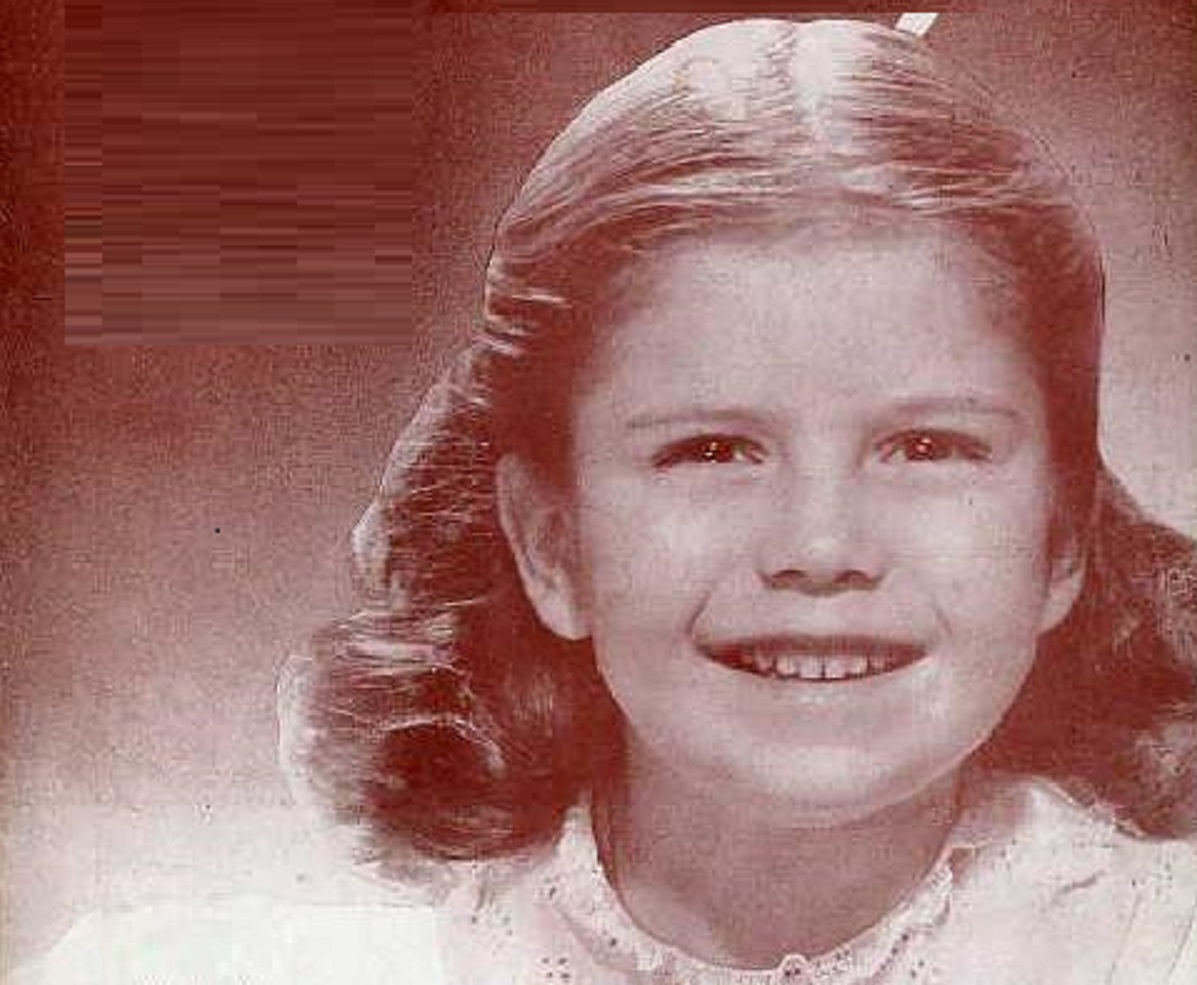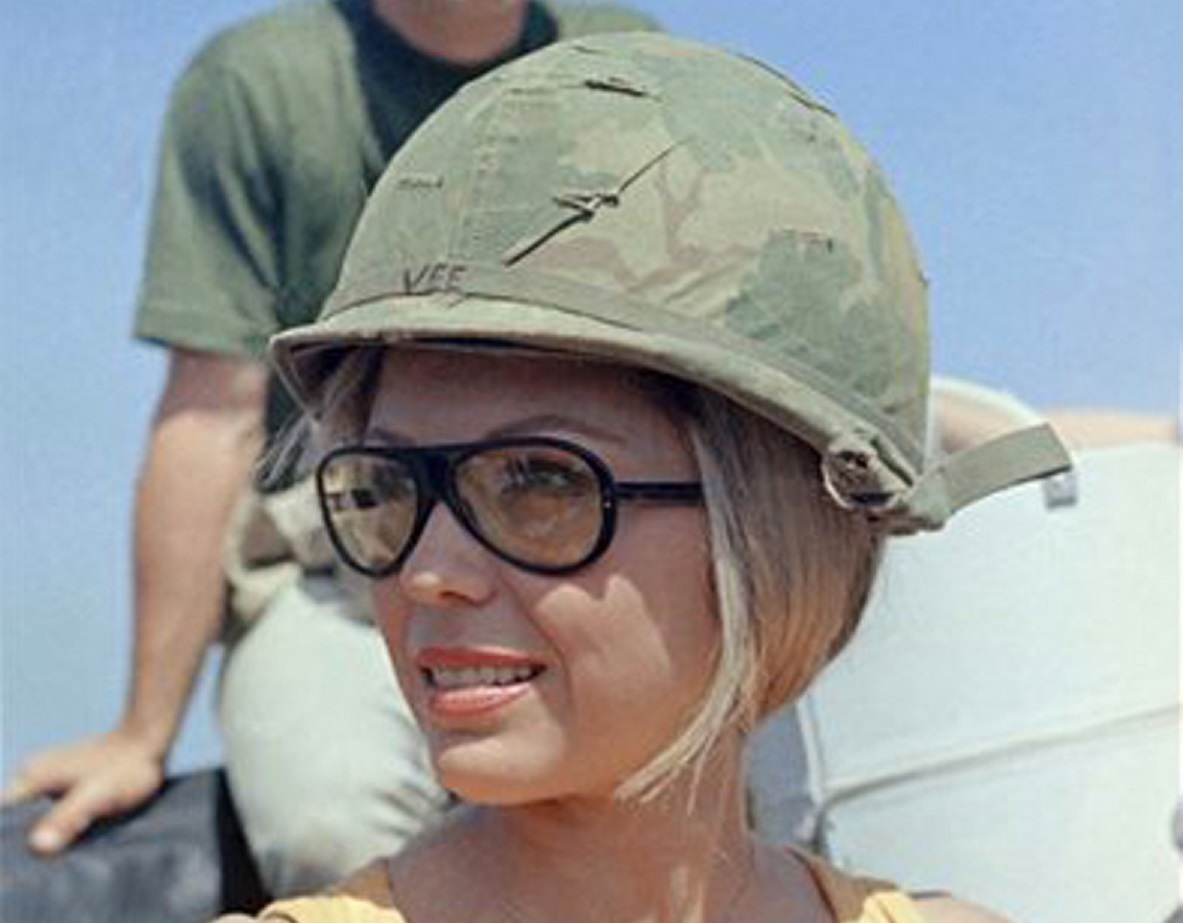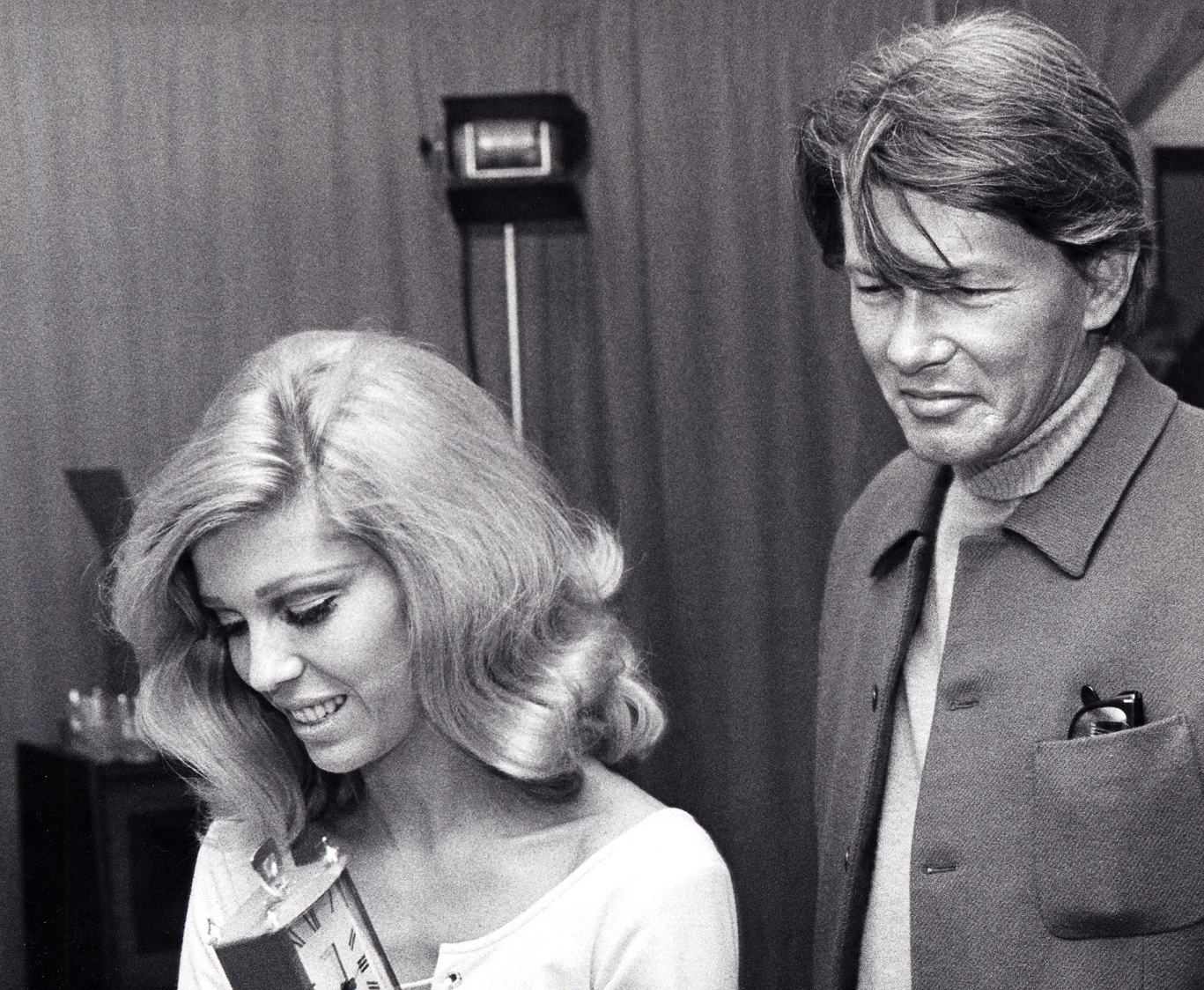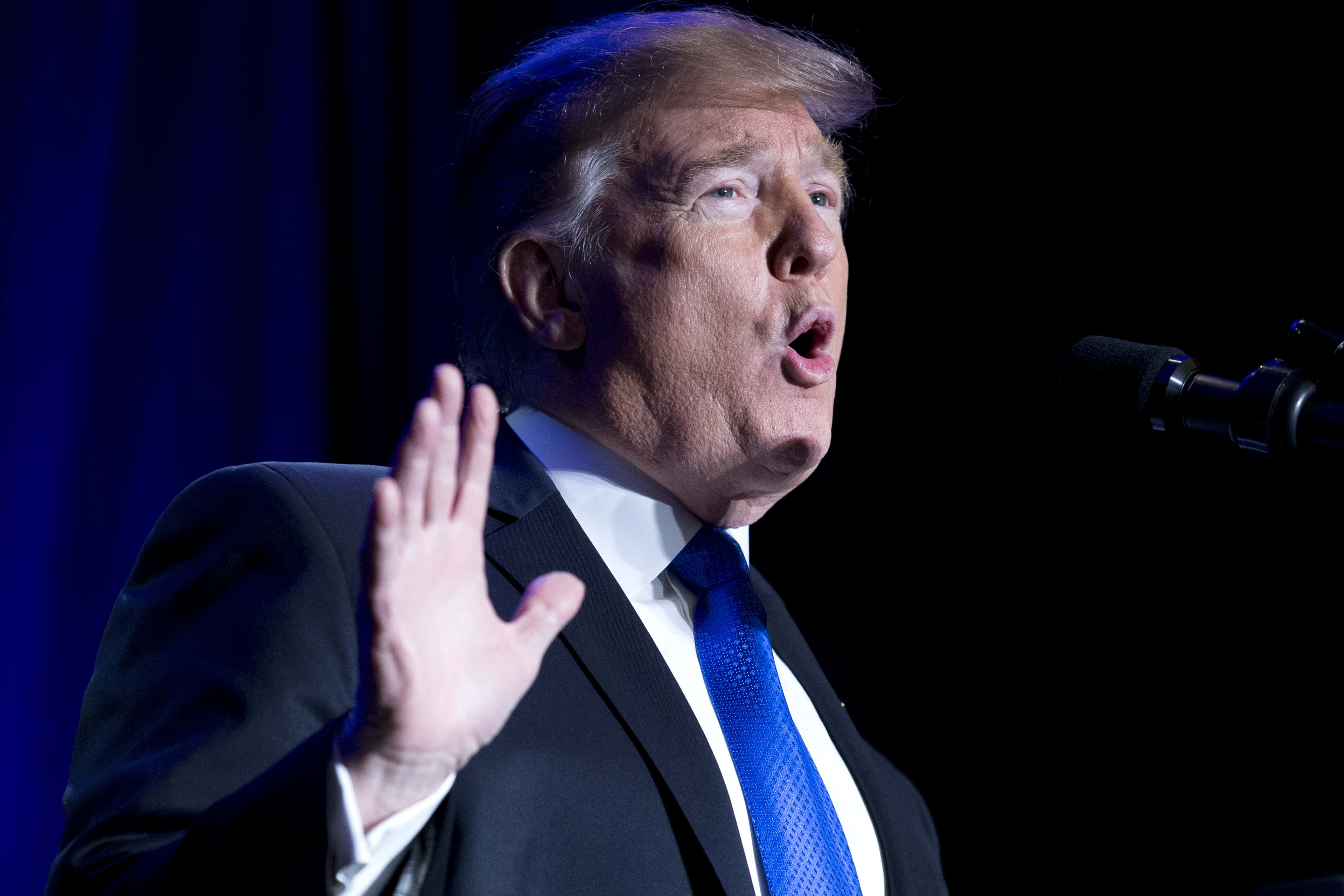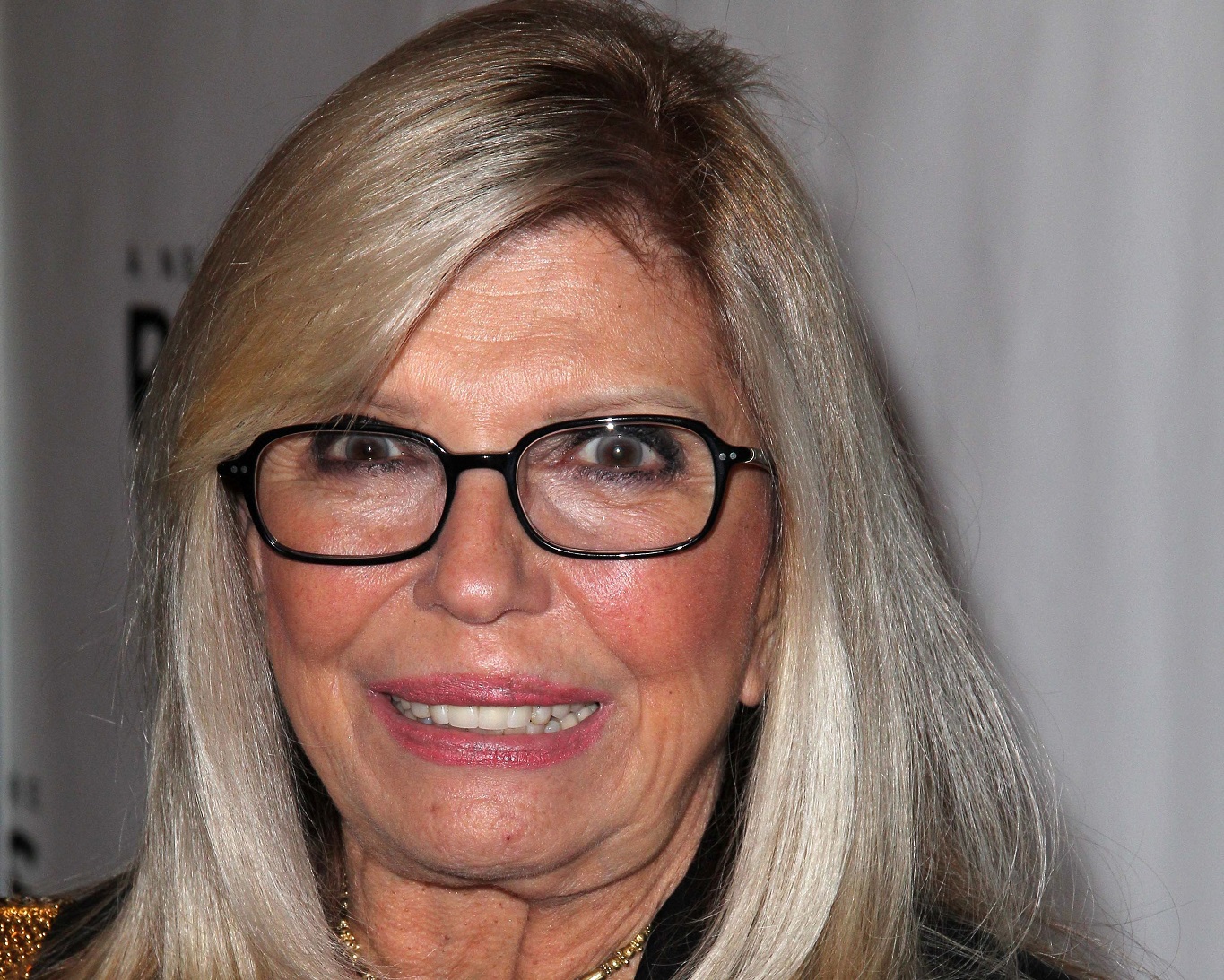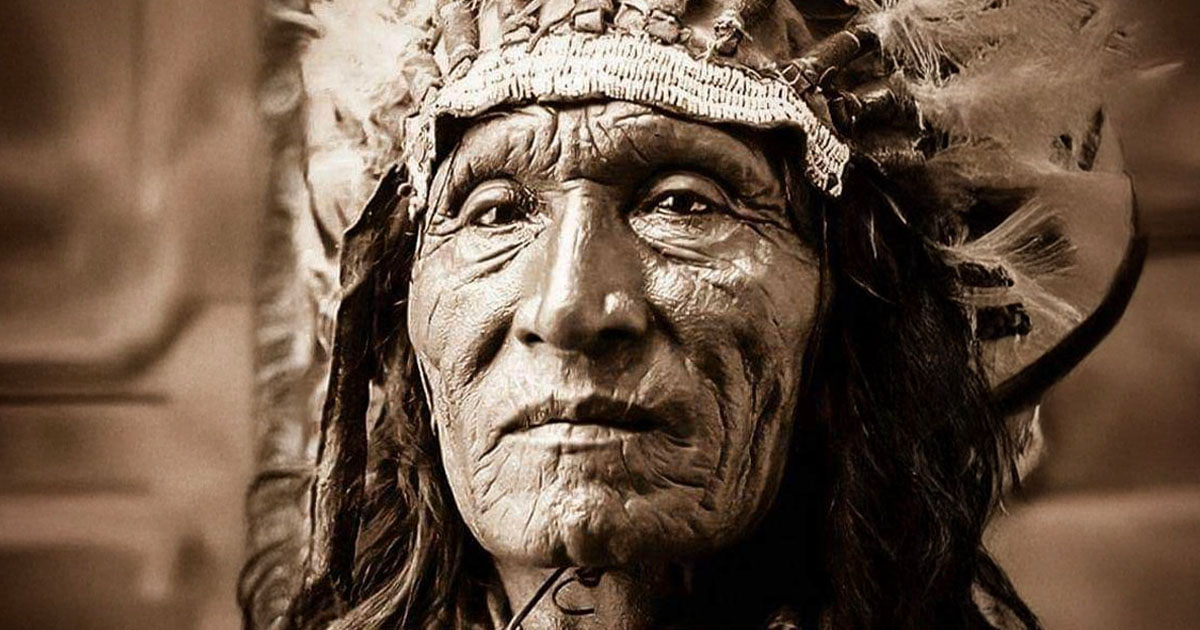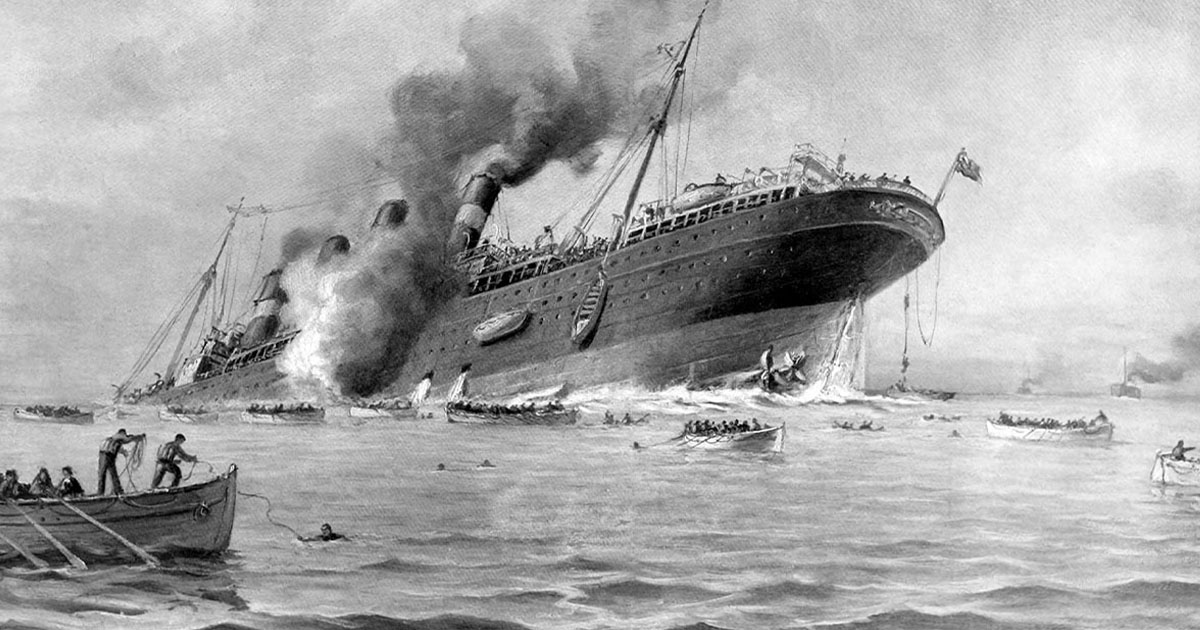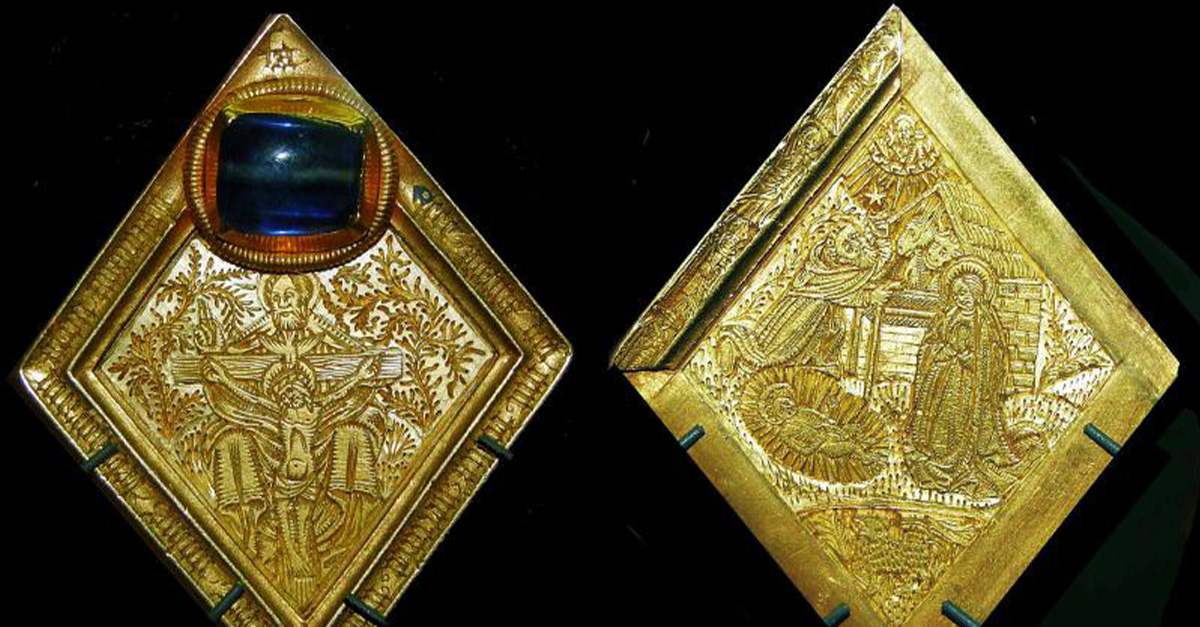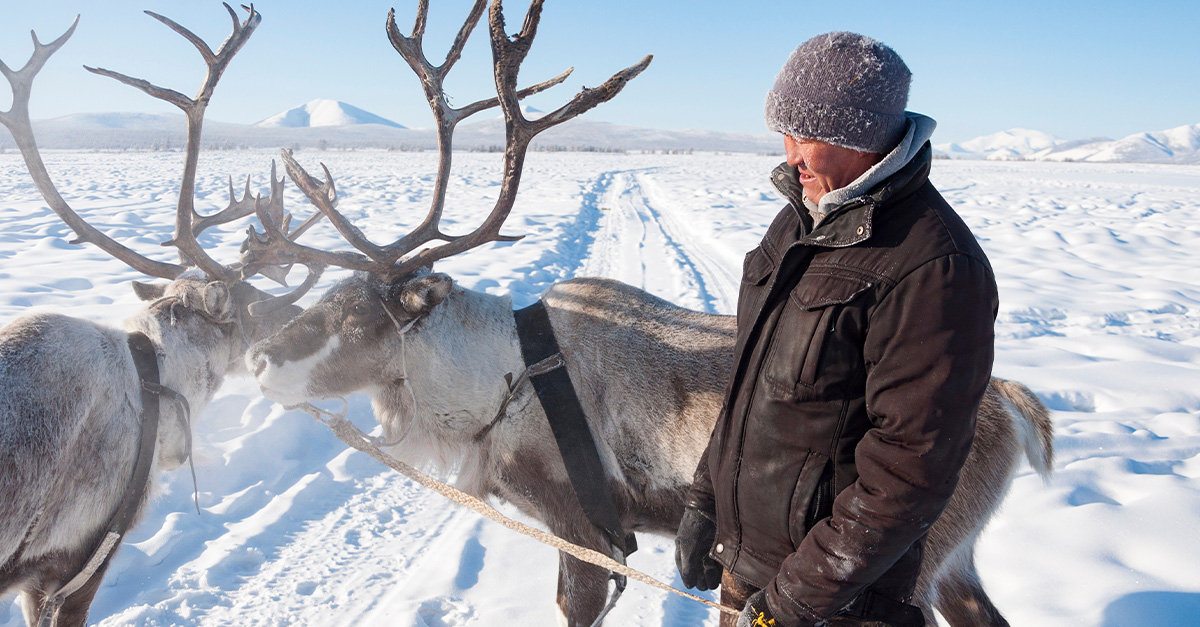Judging by her iconic look and most popular song, it’s easy to peg Nancy Sinatra as just another provocative pinup girl. But the mostly untold truths of her real life paint a much more complicated picture.
1. She Didn’t Have It All
Being Frank Sinatra’s daughter didn’t mean much when Nancy Sinatra entered the world in 1940. The oldest of three children, her family didn’t have much wealth to speak of until her father’s music career hit its stride later in that decade. It meant more money for the family, but as they say, all that glitters is not gold.
2. They Kept Eyes On Her
Once her father hit stardom, Sinatra’s life changed forever. Her attachment to fame made her quite the sight to see. Fans and reporters alike wanted insider details so badly that they often lurked around her family home. This eventually incited a move to LA, and likely played a role in her father’s odd hopes for her future.
3. He Didn’t Want A Daddy’s Girl
A lover of the performing arts, Sinatra took several classes during her youth, including lessons in voice and dance. That didn’t earn her father’s approval, though. In fact, he suggested she stay out of the music business, knowing critics would compare her work to his. She didn’t listen to him.
 Reprise Records, Wikimedia Commons
Reprise Records, Wikimedia Commons
4. She Bucked Tradition
All fame aside, Sinatra grew up in a very conservative family. She spent time in the Young Women's Christian Association in high school, and attended UCLA in the 1950s. She studied music, but it didn’t prove to be enough to keep her on the straight and narrow. She dropped out in one year, and set out on a sparkly new path.
5. She Got A Hand Up (Or Tried To Anyway)
Nancy Sinatra debuted on her father’s television show in a special welcoming Elvis from army service abroad. Her first run at music to follow, however, didn’t shine like she hoped. She experienced some international success in Europe and Japan, but in the US? Her music fell flat, and so did her personality.
6. She Was A Goody Two Shoes
Unfortunately for her, good girls didn’t draw attention in the music business in the late 1950s and early 1960s. Her look didn’t impress, and her voice didn’t either. She sang in a higher range in her first singles, which I suppose matched her innocent look. At least one man, however, found her lack of edge extremely enticing.
7. He Wanted Her First
Tommy Sands, a singer and actor, first met Sinatra at a Christmas party. Their first meeting didn’t amount to much. Reportedly, however, Sands found himself immediately drawn to her. After several years of friendship and a courtship, the two married in 1960. But on Sinatra’s side, maybe not for all the right reasons.
 Capitol Records, Wikimedia Commons
Capitol Records, Wikimedia Commons
8. She Wanted To Get Busy
After their marriage, Sands became the first man to be intimate with Sinatra. According to her, the physical relationship served as a primary purpose for marriage in those days, especially with the fact that her catholic faith kept her celibate until then. While juggling this new marriage, she faced a frightening result of her father’s fame.
 CBS Television, Wikimedia Commons
CBS Television, Wikimedia Commons
9. He Got Snatched
In 1963, someone abducted Sinatra’s younger brother, only eighteen years old at the time. The kidnapper demanded a quarter million dollar ransom, and eventually returned the young boy in about two days. Despite the risk, Sinatra remained dedicated to her career. It’is more than can be said about her marriage, though.
10. The Honeymoon Ended
To be honest, it’s not very clear how much of a honeymoon Nancy Sinatra's married life actually turned out to be. Reports about her first relationship are scarce, leading me to believe that while it lacked scandal, it also lacked enough spark to keep it going. The two divorced five years after the marriage, and even more loss loomed near.
 Dell Publishing, Wikimedia Commons
Dell Publishing, Wikimedia Commons
11. She Was On Thin Ice
Sinatra’s failure to release a successful hit in the United States started to weigh down her chances of making it big. Allegedly, her music label poised itself to officially drop her. Luckily, help came just in time. In that same year, her producer at the time connected her to music performer and producer Lee Hazlewood. Their relationship changed Sinatra’s life forever.
12. He Made Her Dark
Hazlewood updated Sinatra’s entire essence. He forcibly made her get rid of the higher vocal tone she’d become accustomed to. In fact, according to Sinatra, he expressly told her, "You’ve been married and divorced—you should sing like that". Definitely a departure from her original image. That wasn’t the only radical change.
 ABC Television, Wikimedia Commons
ABC Television, Wikimedia Commons
13. She Used Her Body
Sinatra’s new look included a departure from her originally brunette tresses to her now unforgettable blonde gorgeous look. While she notes Marilyn Monroe as inspiration for that, her fashion took inspiration from a visit to London. In what became her go-to, she opted for a mini skirt and high boot combo—and just in time, too.
14. She Hit The Big Time
With her new sound and look, all Sinatra needed was the right single to take her to the top. Hazlewood more than delivered with their collab on “These Boots Were Made For Walking” in 1966. The song hit the top of the charts in both the US and the UK, catapulting Sinatra into more success than she’d likely even imagined—more criticism, too.
15. She Didn’t Fit In
Even though she had a celebrity father, Nancy Sinatra was still a magnet for criticism. In reality, though, Sinatra found that her father’s musical fame actually got in the way of other musicians accepting her. Instead of recognizing her own talent, they assumed she succeeded because of her father. Even worse, people didn’t shy away from openly excluding her.
16. The Girls Didn’t Like Her
Culturally, it already took more work for women to achieve like their male counterparts, regardless of their talent. Still, Sinatra reported that big female artists at the time like Sheryl Crow and Stevie Knicks expressly refrained from consorting with her at social events. It wasn’t the only place she was the odd woman out.
 David Wainwright, Wikimedia Commons
David Wainwright, Wikimedia Commons
17. She Said No
The children of celebrities are notorious for acting out once they achieve a certain level of success. The same can’t be said of Sinatra, although she definitely had the chance. Other stars offered her substances more than once as she grew in popularity, but she never partook. It’s a good thing she did refuse, considering the chances on the horizon.
 Reprise Records, Wikimedia Commons
Reprise Records, Wikimedia Commons
18. She Did What Others Wouldn’t
Sinatra hit her music success at just about the time the US entered into the Vietnam conflict. Many artists resisted involvement in hopes of campaigning for peace. Sinatra, however, did quite the opposite. She took her vocals out to the fields, providing entertainment to those stationed abroad. The entertainment wasn’t all musical.
 NBC Television, Wikimedia Commons
NBC Television, Wikimedia Commons
19. They Put Her On The Wall
A growing symbol of all things attractive and sensual, Sinatra naturally ended up lending her good looks to print. So much so that she reportedly serves as “the most popular pinup for the GIs in Vietnam”. While she managed to handle the politics of her work with army abroad, the times forced her to handle politics at home, too.
20. She Took From The Men
With Hazlewood’s encouragement and collaboration, Sonatra put her new vocal prowess to multiple songs that men typically sung. It caused quite the stir, as her music also coincided with the rise of the feminist movement. She didn’t necessarily intend this at the time, but it wouldn’t be the only time she dabbled in the culturally taboo.
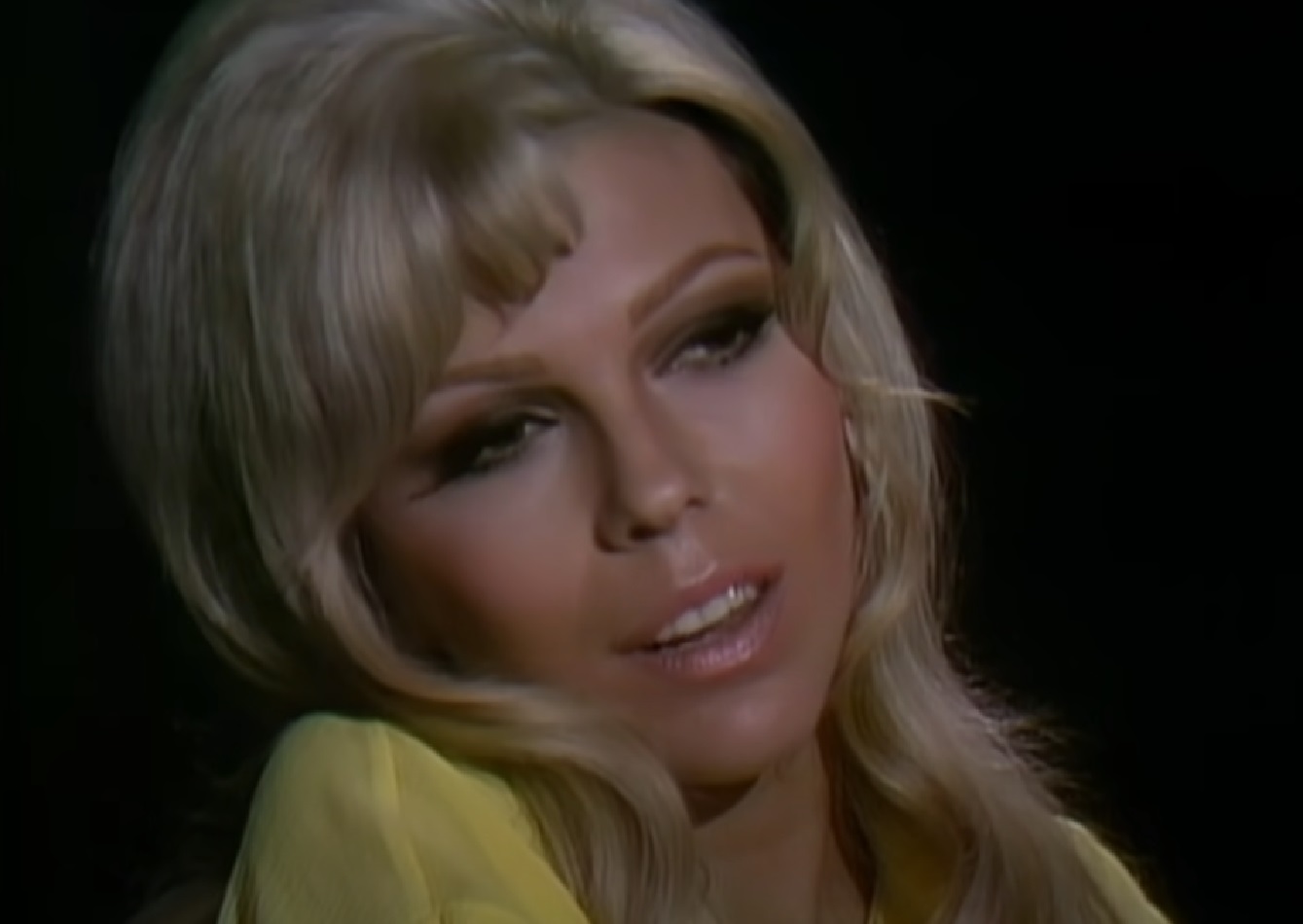 CBS, The Ed Sullivan Show (1948-71)
CBS, The Ed Sullivan Show (1948-71)
21. She Did It First (Kind of)
In 1967, Sinatra took her show to television screens with a special called Movin' With Nancy. Unlike the typical variety show of the time, the show featured a series of musical pieces, incorporating elements of musical films. It served as one of the first “music videos” of sorts. That wasn’t the most surprising thing about it.
22. She Kissed The Wrong Man
The special featured singer Sammy Davis Jr, a performer known for both his musical and acting prowess. During his moment to shine, Sinatra added to the show by kissing him. It’d likely be totally benign, even in that more conservative time, if not for one glaring fact. Davis was Black. Audiences didn’t respond well.
 NBC Television, Wikimedia Commons
NBC Television, Wikimedia Commons
23. People Hated Her
Reportedly, their ill-fated “friendship” kiss stood as one of the very first interracial kisses on television. Rumors claimed she planned the kiss to cause a scene, but by her own account, she did it spontaneously. That didn’t stop the controversy, but eventually people moved on. She had plenty of questionable behavior to talk about.
 CBS, The Ed Sullivan Show (1948-71)
CBS, The Ed Sullivan Show (1948-71)
24. She Went Too Far
Singing unexpected ballads became part of Sinatra’s brand. Still, one song in particular seemed to push the bounds just a little too much. In that same year, she put vocals to the song “Something Stupid”. The lyrics of the song itself aren’t all that steam by contemporary standards, but her duet partner raised red flags...
 CBS, The Ed Sullivan Show (1948-71)
CBS, The Ed Sullivan Show (1948-71)
25. She Had A Scandalous Song
Sinatra sang the duet with her father. Doesn’t seem like that big a deal, but audiences of the 1960s didn’t agree. Many found the romantic song being sung by a father and daughter extremely inappropriate. Controversy aside, the song still charted well, with another questionable relationship fueling the gossip mill.
26. She Smooched The “King”
Sinatra’s iconic style and sound helped her make a smooth transition from music to the big screen. In 1968, she played a lead role in Speedway with none other than the King himself—Elvis Presley. The two exchanged a kiss in the movie, and with Presley’s reputation, it’s natural to wonder what else they shared.
27. They Got Close
The rumors of a relationship between Elvis and Sinatra went near and far. However, they both claim they never actually dated (while neither deny quite a bit of a flirtation during their time working on the film). If you were wondering, though, Sinatra called Presley “a great kisser”. But maybe another supposedly “business” relationship kept her occupied. MGM, Speedway (1968)
MGM, Speedway (1968)
28. Things Got Hot
With several more of her songs hitting the top ten, Sinatra continued to work on music with producer Hazlewood. According to her, however, their relationship wasn’t all platonic. She called their sessions passionate, saying “there was chemistry going constantly”. That made things more difficult when Hazlewood made a shocking move.
 CBS, The Ed Sullivan Show (1948-71)
CBS, The Ed Sullivan Show (1948-71)
29. He Ghosted Her
In the early 1970s, Sinatra began work on another album with Hazlewood. It followed a very successful, duet-filled album under both their names. Before they could actually even finish the album, Hazlewood disappeared. He moved to Sweden without an explanation, leaving Sinatra more vulnerable than ever before.
30. She Found A Replacement
Her complicated relationship with Hazlewood aside, Sinatra traversed new romantic territory by marrying Hugh Lambert in 1970. There’s not much reported about the beginnings of her relationship with Lambert, a broadway choreographer. However, the major move she made shortly after makes it seem like she fell harder than ever.
31. She Could Have Had It All
By this time, Sinatra had earned her spot as a certified music star. In fact, between her comeback with “These Boots Were Made For Walking” in 1966 and her hits with Hazlewood to follow, she racked up over 20 hit songs. Her fans likely expected her to continuing striking when the iron was hot. She did the opposite.  manhhai, Flickr
manhhai, Flickr
32. She Quit
In 1972, Sinatra completely disappeared into the background. She settled in with Lambert, and turned her attention to having a family. They had two children together and spent several years focusing on them completely. For the most part, her family seemed content and tabloid free, making one loss deeply devastating.
 CBS, The Ed Sullivan Show (1948-71)
CBS, The Ed Sullivan Show (1948-71)
33. She Lost Him
Sinatra’s second husband passed from cancer in 1985. The two shared over a decade of a scandal-free marriage, and Sinatra very publicly grieved the loss of her partner. Still, she eventually found she couldn’t ignore her love for music forever. Finding her way back to the limelight became harder than ever.
 CBS, The Ed Sullivan Show (1948-71)
CBS, The Ed Sullivan Show (1948-71)
34. They Forgot Her
Sinatra spent over two decades focusing on her family. So when she returned to music in the 1990s, the landscape looked much different than it did in her heyday. Furthermore, she was in her fifties—not necessarily the most common time for a comeback. She’d have to go big to get her shine back. And go big she did.
35. She Tried The Mansion
In 1995, Sinatra received the offer for an adult magazine spread. If you haven’t been living under a rock, you probably know this meant a photoshoot showing quite a bit of skin. She hesitated, deciding to turn to her father for advice. He gave a surprisingly non-catholic recommendation.
 CBS Television, Wikimedia Commons
CBS Television, Wikimedia Commons
36. She Bared It All
Sinatra’s father actually supported her play for Play boy. In fact, he even recommended she ask for double the money they offered her for the shoot. Not only did she get her spread, but she also graced the cover. Perhaps you guessed it, but it didn’t necessarily go over well.
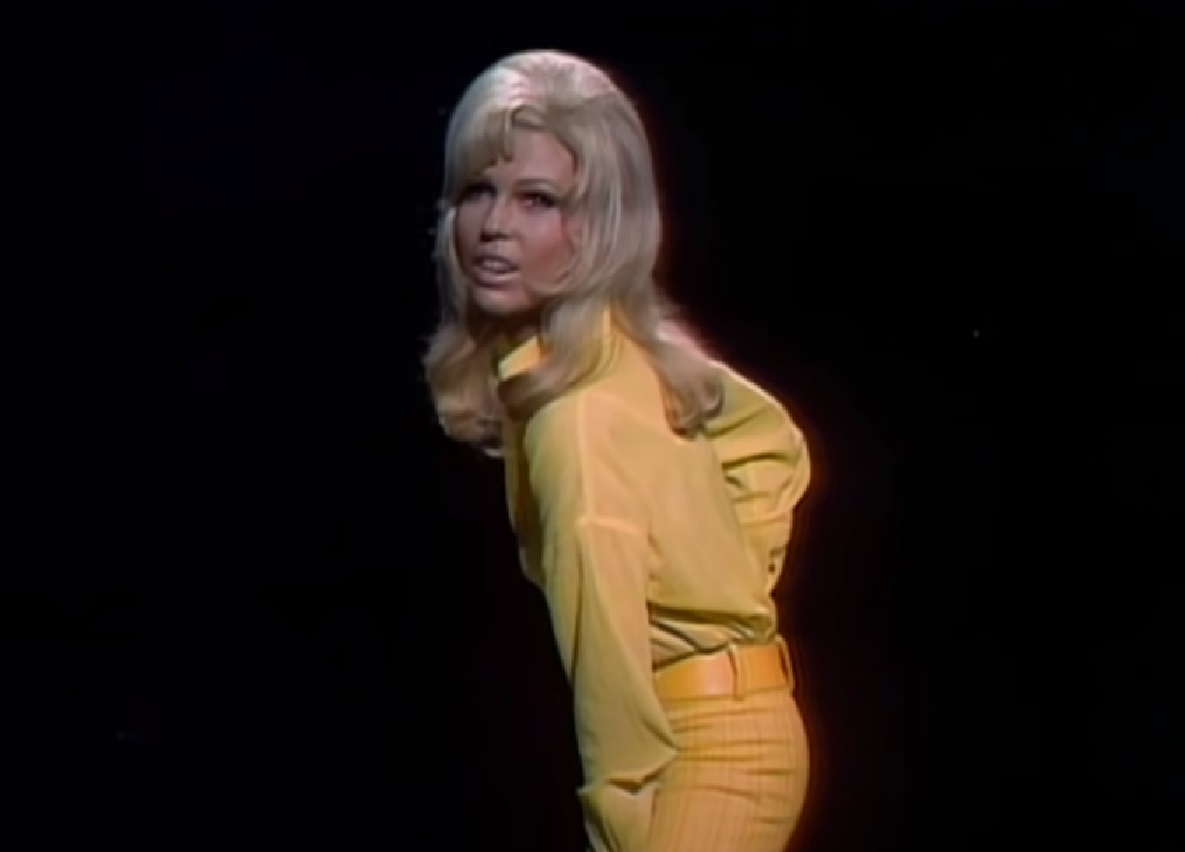 CBS, The Ed Sullivan Show (1948-71)
CBS, The Ed Sullivan Show (1948-71)
37. People Talked
The culture definitely underwent some shifts between Sinatra' break and her return to Play boy. But many fans still found the whole thing inappropriate, especially for a woman of her age and alleged faith. She went through with it though, and while she definitely took some heat, she got what she wanted from the beginning.
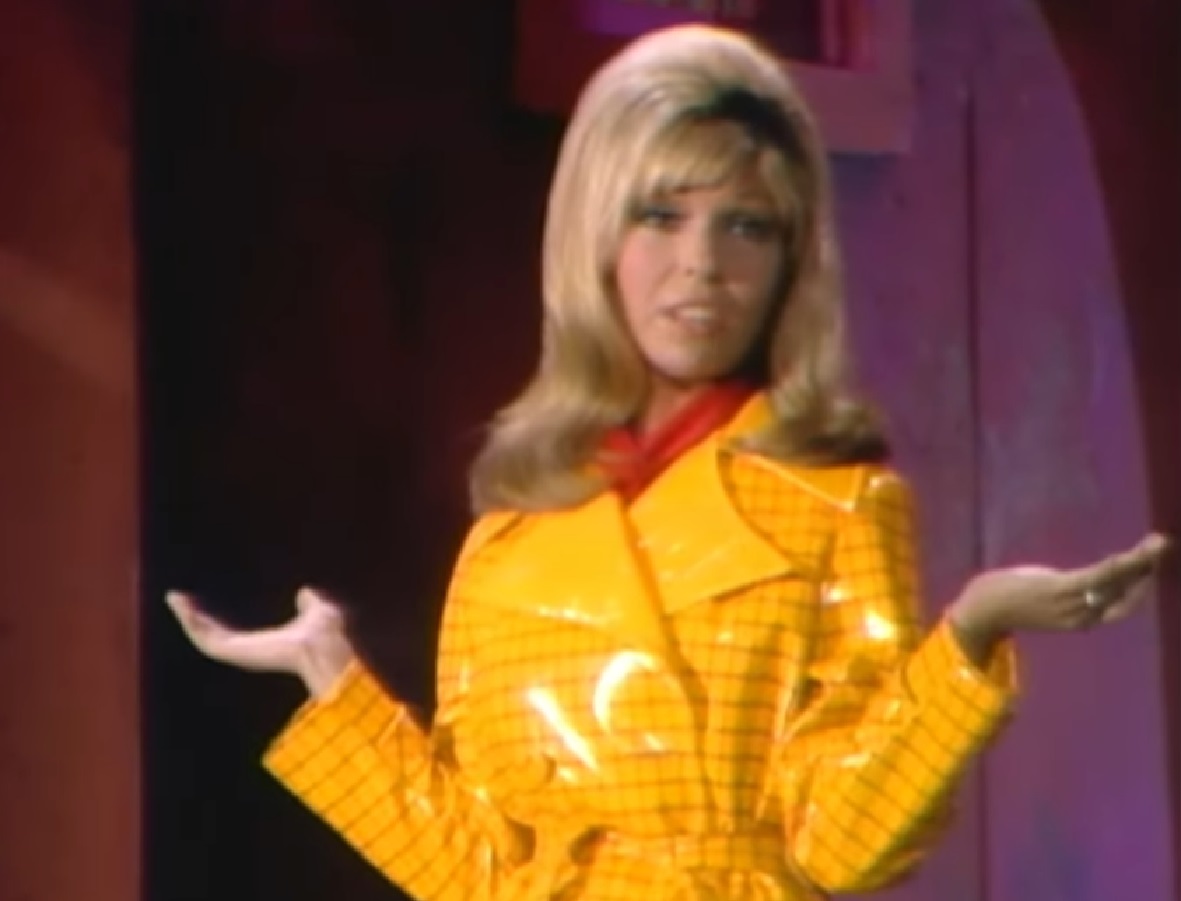 CBS, The Ed Sullivan Show (1948-71)
CBS, The Ed Sullivan Show (1948-71)
38. She Used The Gossip
The controversy of her Play boy stint created just enough buzz for Sinatra to find her way back into the music scene. In that same year, she met singer and songwriter Steven Patrick Morrissey. The two decided to collaborate, releasing “Let Me Kiss You” in 2004. Sinatra was back, but not without a little of her past returning to haunt her.
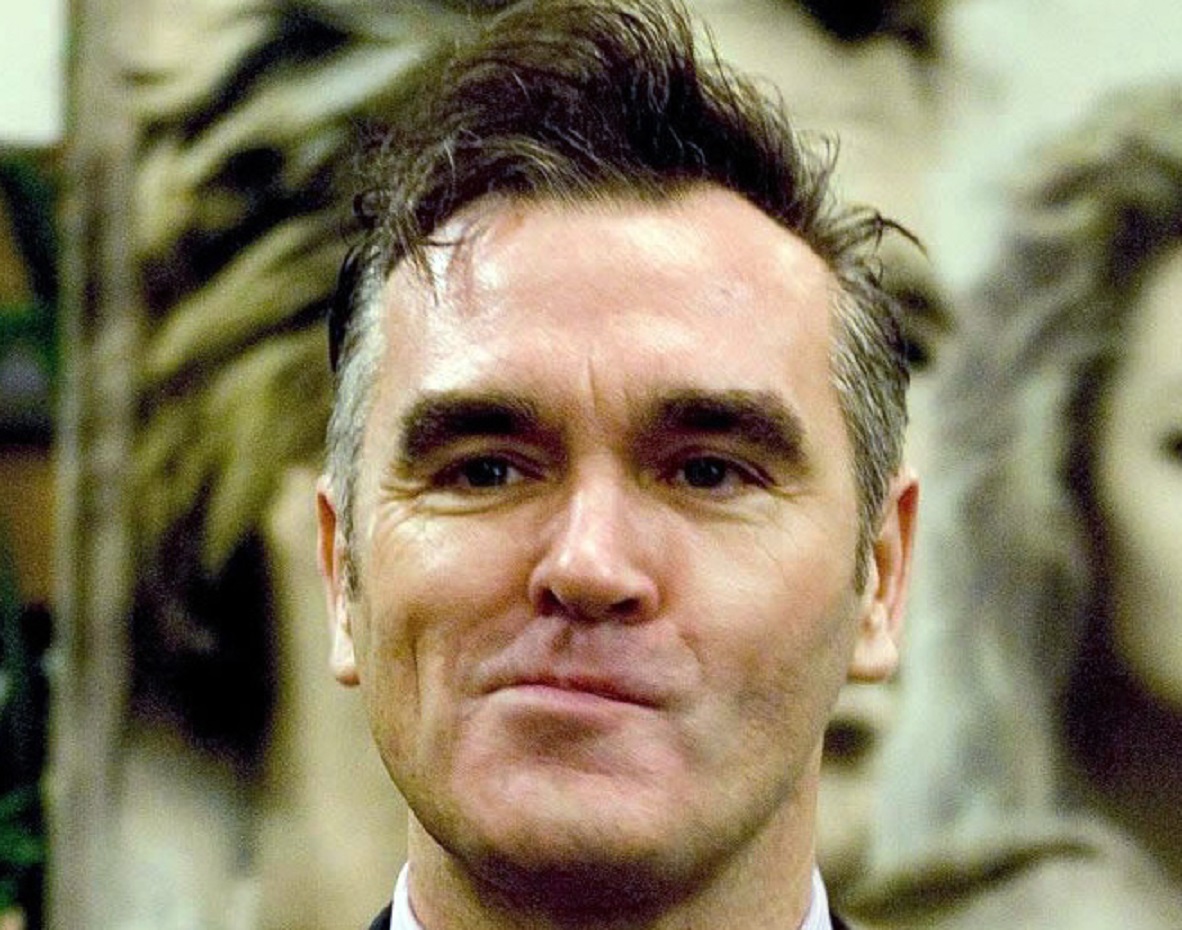 Caligvla, CC BY-SA 3.0, Wikimedia Commons
Caligvla, CC BY-SA 3.0, Wikimedia Commons
39. He Doubled Back
In the same year Sinatra made a real return to music, her old producer and duet partner, Hazlewood came back into her life. If you’re keeping tabs, you’ll remember he took off in the middle of an album decades before. He returned just as inexplicably, with the hopes of working with Sinatra again. His big explanation?
40. Rumor Had It
Reports give differing reasons for Hazlewood’s sudden departure back in the early 1970s. Some sources state he traveled to avoid impending tax issues, while others claimed he took his son to Europe with the hopes of protecting him from the draft. Either way, Sinatra very likely expected him to fess up on his return—but he never did.
 CBS, The Ed Sullivan Show (1948-71)
CBS, The Ed Sullivan Show (1948-71)
41. The Mystery Continued
Hazlewood never explicitly stated why he moved so suddenly, and didn’t confirm any of the rumors either. It cut Sinatra deep, but she still accepted him back into the fold, and even started working with him again. They toured together in the mid to late 2000s’, reliving their old duet days until Hazlewood dealt Sinatra another hit.
Tragically, neither he nor Sinatra could actually do anything about it.
42. He Was In Trouble
Hazlewood gave Sinatra the bad news in a dressing room while on tour. He told her that doctors diagnosed him with cancer. He passed only a few years later in 2007. She surely grieved the loss of her friend, but managed to continue her unconventional return to music.
43. She Did Her Thing
Sinatra enjoyed a moderate return to music success into the 2010s. It didn’t hit the heights of her mini skirt and high boot wearing days of the 60s, but she successfully released both new music and old tracks. All wasn’t peachy, though. The US Presidential election of the late 2010s brought some possibly undesired attention her way.
44. She Picked Sides
The year 2016 definitely went down in US history as one of the most contentious presidential elections of all time. Although being vocal about supporting either candidate drew backlash for many celebrities, Sinatra didn’t shy away from expressing her disgust for Donald Trump. As it turns out, she had an old grudge to back it up with.  Gage Skidmore, Flickr
Gage Skidmore, Flickr
45. He Scammed Her Dad
Back in the early 1990s, her father Frank Sinatra performed at one of Trump’s casinos. When Sinatra requested his payment, Trump reportedly refused him—and in a much more inappropriate way than I can write here. It’s no wonder Trump’s decision to play “My Way” at his inaugural ball made Sinatra’s twitter fingers tingle.
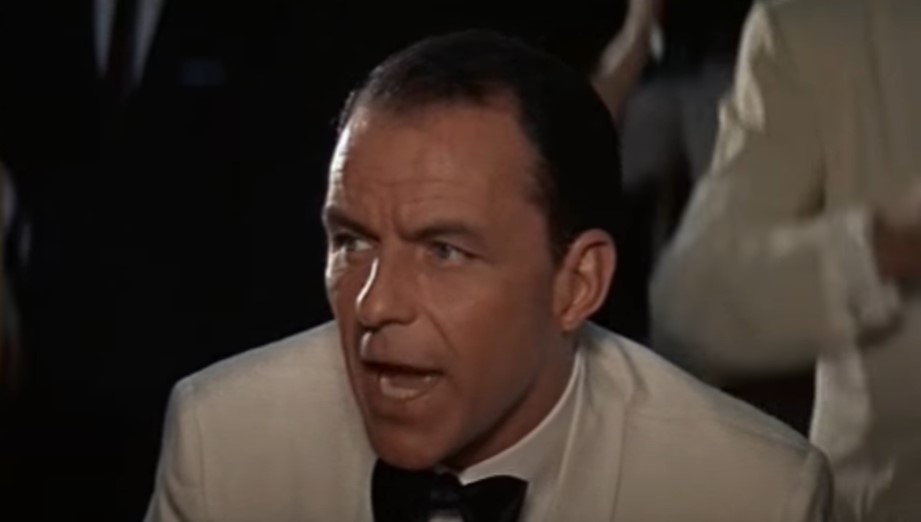 SinCap Productions, A Hole in the Head (1959)
SinCap Productions, A Hole in the Head (1959)
46. They Hated A Hit
In a tweet she later deleted, Nancy responded to Trump's use of the song by writing, “Just remember the first line of the song". Pretty cheeky, considering the line is "And now, the end is near". Interestingly enough, Sinatra eventually admitted that neither she nor her father liked the song all that much.
Either way, Trump definitely ruined any of the joy left in it, judging by one of Sinatra’s unusual commitments.
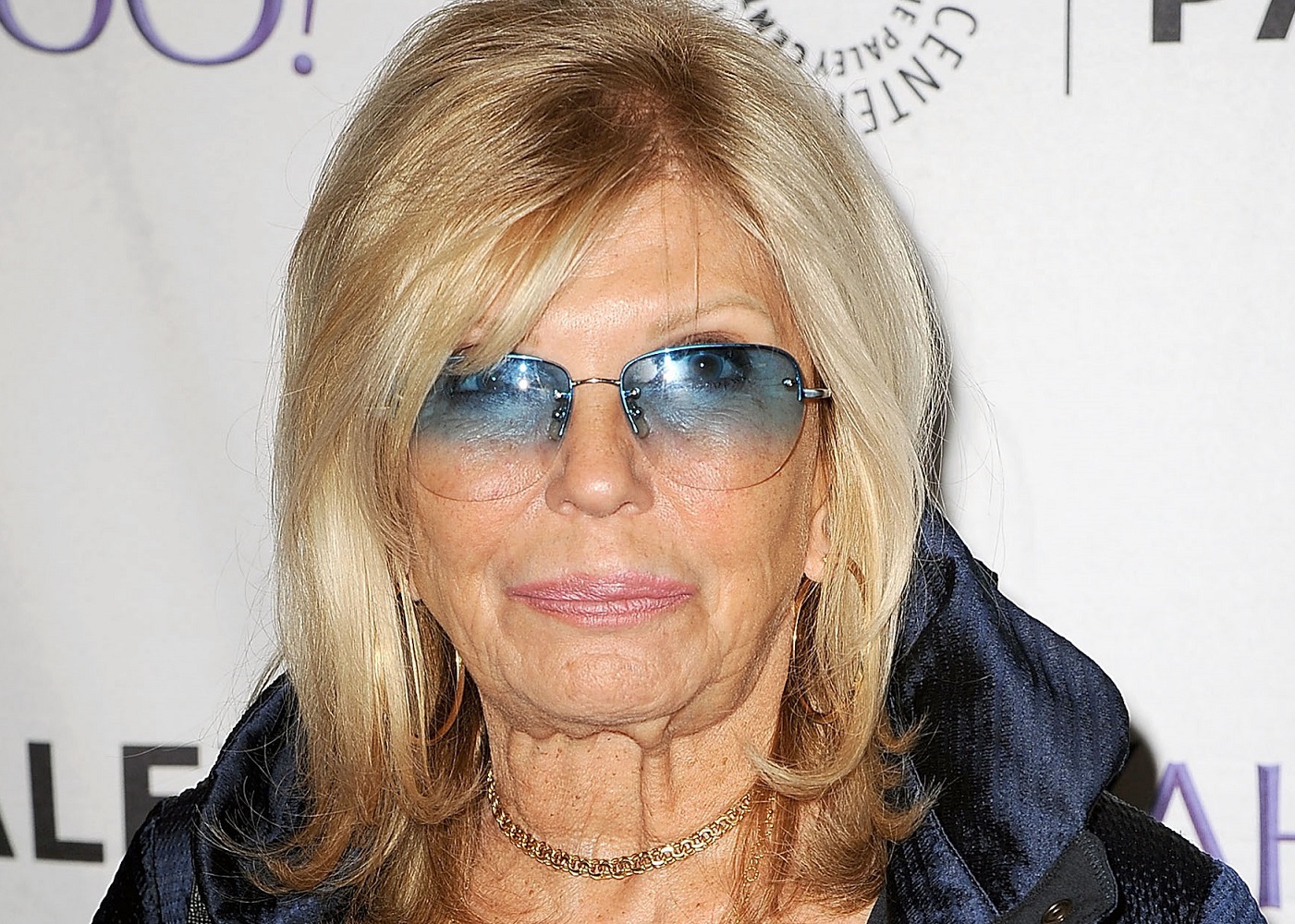 Wikiwriter1337, CC BY-SA 4.0, Wikimedia Commons
Wikiwriter1337, CC BY-SA 4.0, Wikimedia Commons
47. She Won’t Say It
Sinatra reportedly felt so disturbed by Trump that she refused to even use his name during interviews, likely not thinking him worth the mention. She felt very disturbed that a person like him could win the presidency, and struggles to “forgive” those who voted for him. It’s not the only strong political stance she’s taken.
48. She Wanted To March
In an interview in the 2020s, Sinatra shared her support for Black Lives Matters groups in the wake of the George Floyd case. She even said she hoped to march with protestors, although she wasn’t able to at the time. That’s a lot of fire for a woman of Sinatra’s age at this point, to be honest. But she shows no signs of stopping.
 CBS, The Ed Sullivan Show (1948-71)
CBS, The Ed Sullivan Show (1948-71)
49. Age Doesn’t Hold Her Back
Sinatra turned her attention to the work of preserving her legacy with the help and encouragement of her daughters. With her family helping foster her old hits through to current times, she continues to enjoy her life and her passions in her later years. She definitely has some unusual pieces of advice for the next generation.
50. She Recommends Getting It On
By her own account, if there’s anything Sinatra really seems to regret, it’s getting married so young. She advises women to learn from her mistakes, "...don’t get married so young. Have an affair, which I never did".
She has some less spicy advice too, if you were wondering—"If young people have an opportunity, they need to examine it carefully”. (Including the affairs, I suppose).


